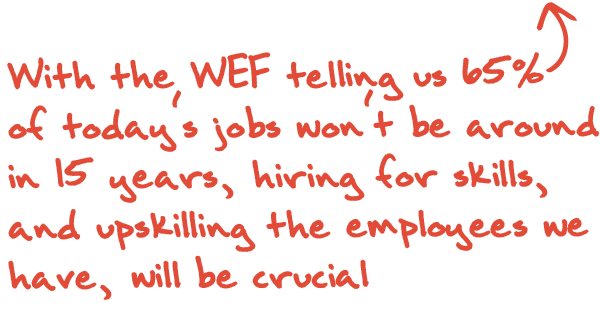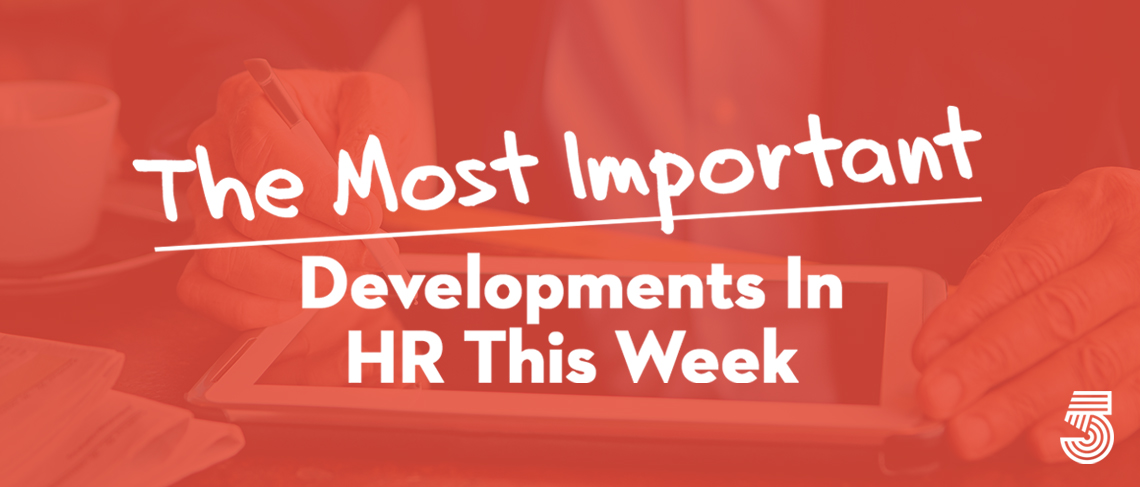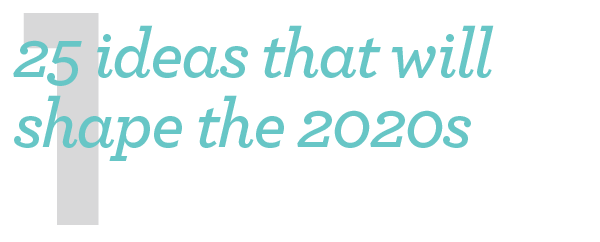
In case you missed it in the holiday rush, Fortune asked 25 of the sharpest minds to weigh in on the epic, disruptive, thrilling, terrifying, and fascinating ideas that will mold the next decade. Jamie Dimon, Chairman and CEO of JPMorgan Chase, said the future of work is all about skills. He writes: “A four-year college degree is not the only path to a well-paying job. This outdated thinking is partially to blame for holding back America’s growth and blocking many people’s access to opportunity. We must consider more inclusive means of hiring the best and most talented people to meet the needs of our rapidly changing economy. The reality is the future of work is about skills, not just degrees. The talent that fuels a global company like ours is increasingly diverse and includes people who do not have a four-year college education. As technology changes the way we work, we must be better at providing pathways to good jobs that everyone — no matter their zip code or background — can access.” Fortune
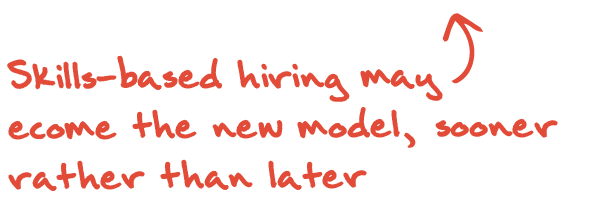

Seven new books are focusing on helping people take a critical look at their own company’s culture, all valuable (and interesting!) reads for HR. The books include “Super Pumped: The Battle for Uber,” by Mike Isaac, a cautionary tale of what happens when you don’t take your company culture seriously from day one; “She Said: Breaking the Sexual Harassment Story That Helped Ignite a Movement,” by Jodi Kantor and Megan Twohey (we’d add “and put HR front and center of that movement” to the title); and “It Doesn’t Have to Be Crazy at Work,” by David Heinemeier Hansson and Jason Fried, which argues that working long hours won’t get all your work done, so why kill yourself? Fast Company
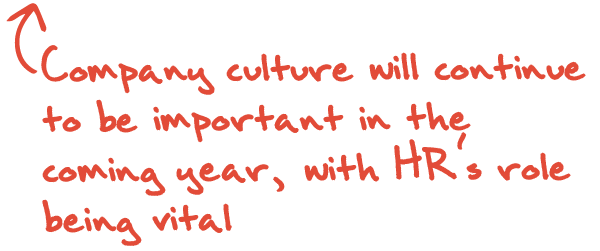
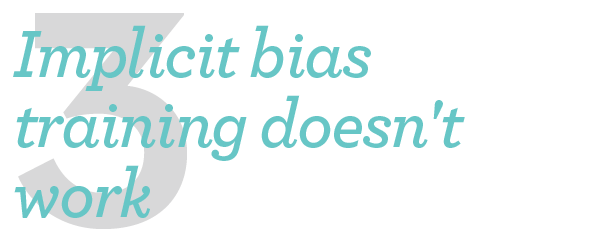
From Google to Papa John’s to Buffalo Wild Wings and Starbucks, more companies are introducing implicit bias training. These HR-sponsored courses are intended to foster diversity and inclusion by making employees more aware of unconsciously believed negative stereotypes. The idea is that if we can combat our underlying biases, we’ll decrease discriminatory behaviors at work and level the playing field for women and underrepresented minorities. And yet despite the growing adoption of unconscious bias training, there is no convincing scientific evidence that it works. Organizations should focus less on extinguishing their employees’ unconscious thoughts, and more on nurturing ethical, benevolent, and inclusive behaviors. This means focusing less on employees’ attitudes, and more on organizational policies and systems, as these play the key role creating the conditions that entice employees (and leaders) to behave in more or less inclusive ways. Bloomberg
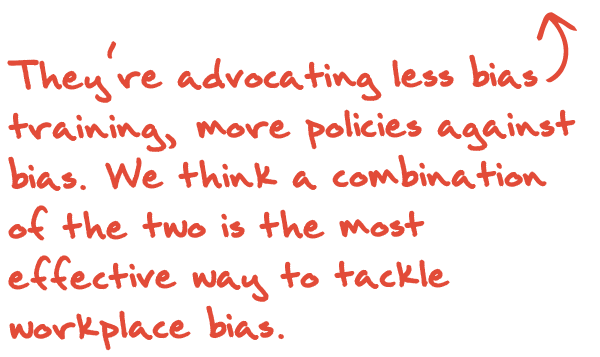
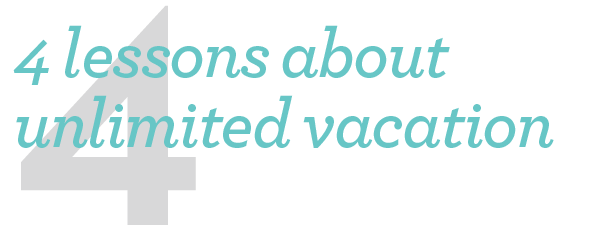
Unlimited vacation policies, which have become a fixture at tech companies and among start-ups, are now being widely adopted by older companies in traditional industries throughout the U.S. It’s easy to see why. Employees respond positively to these policies, with 72% expressing interest in receiving unlimited paid time off (PTO), according to MetLife’s 2019 U.S. Employee Benefit Trends Study, which interviewed 2,675 full-time employees last year. But how well does unlimited vacation work in practice? Early adopters of unlimited PTO policies say they’ve learned four important lessons that led many of them to modify their policies: Unlimited vacation isn’t really unlimited, underuse is a bigger problem than overuse, managers need to monitor time off distribution so departments aren’t decimated by everyone taking off at the same time, but one of the benefits of the policy is managers not having to track everyone’s PTO. SHRM
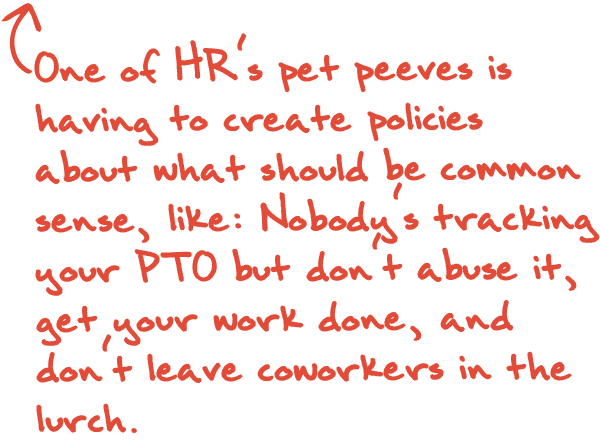
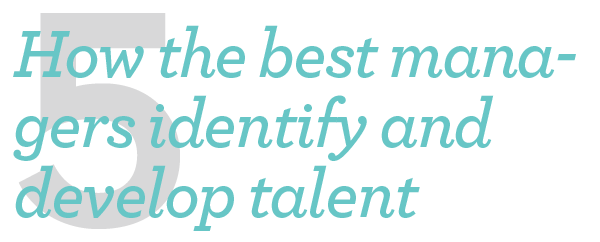
The ability to see talent before others see it (internally and externally), unlock human potential, and find not just the best employee for each role, but also the best role for each employee, is crucial to running a topnotch team. It requires us as leaders to be more open minded and to throw away outdated, albeit popular, hiring tactics. Too many of us look for talent in the same old (wrong) places, or follow the popular trend of thinking the “best hire” is the “best culture fit.” These approaches undermine efforts to boost diversity (demographically and cognitively) and ultimately hinder creativity and innovation. While there is no one “best” way to hire talent, there certainly are better approaches than those we have relied on in the past. HBR
